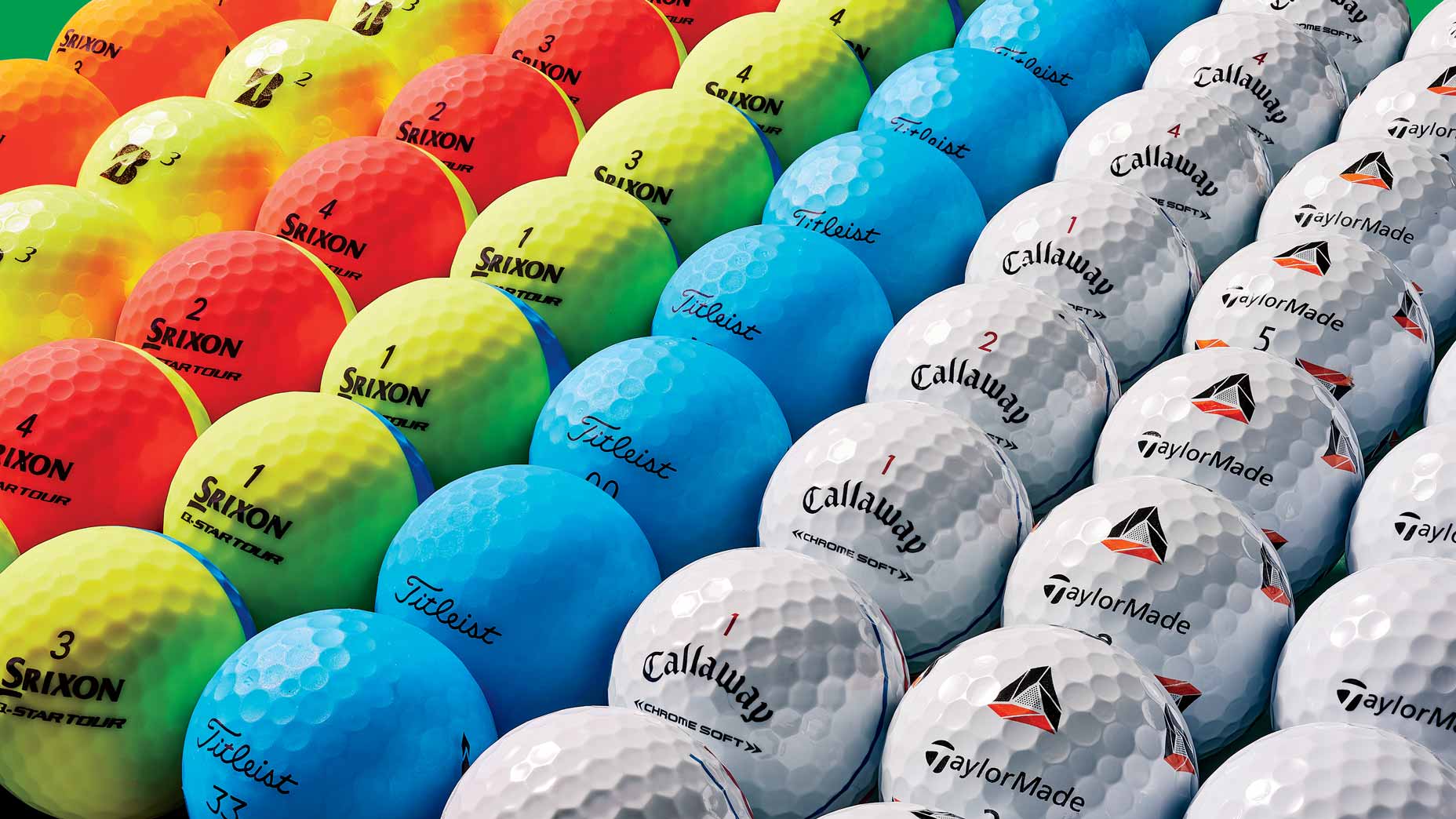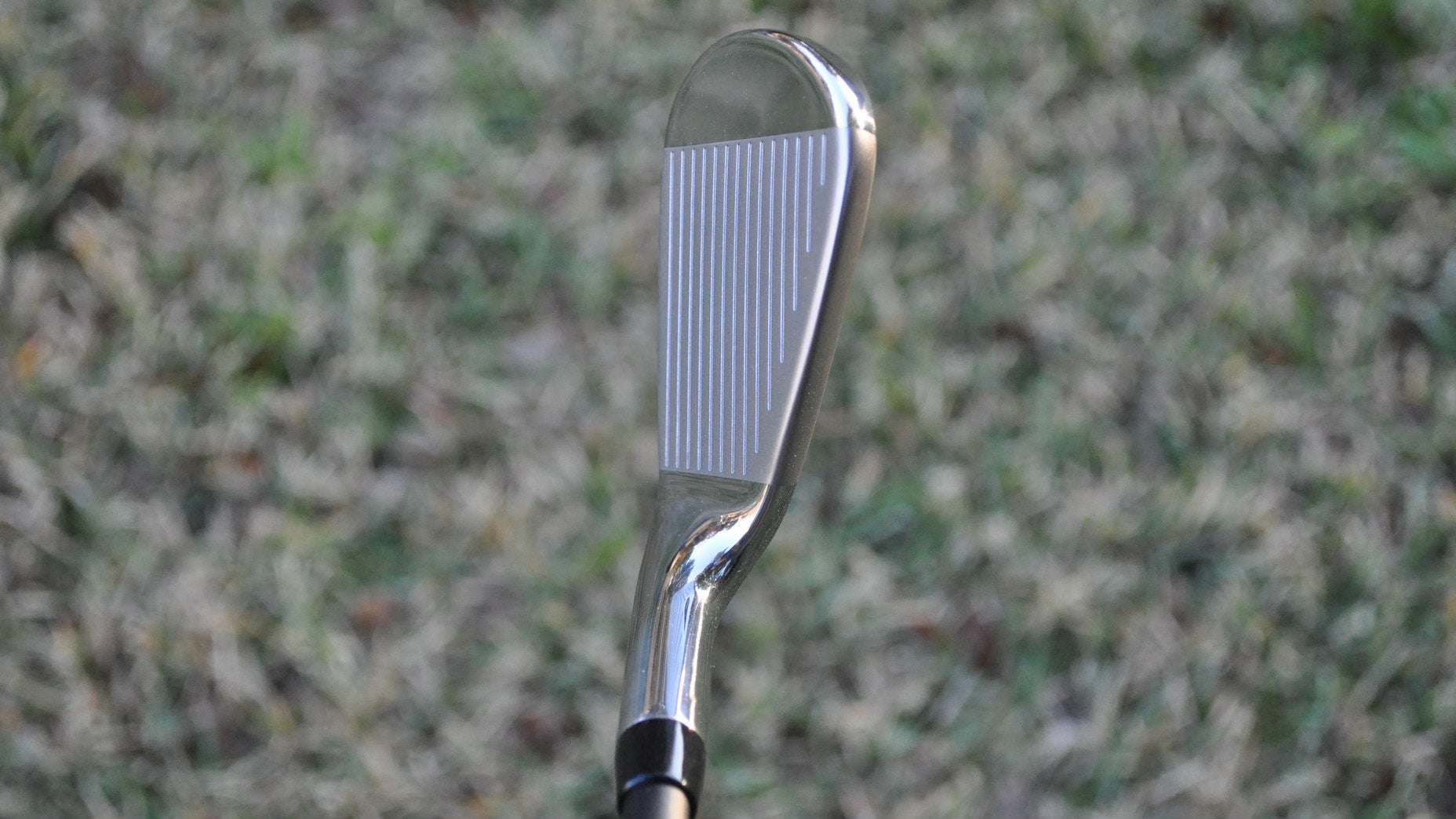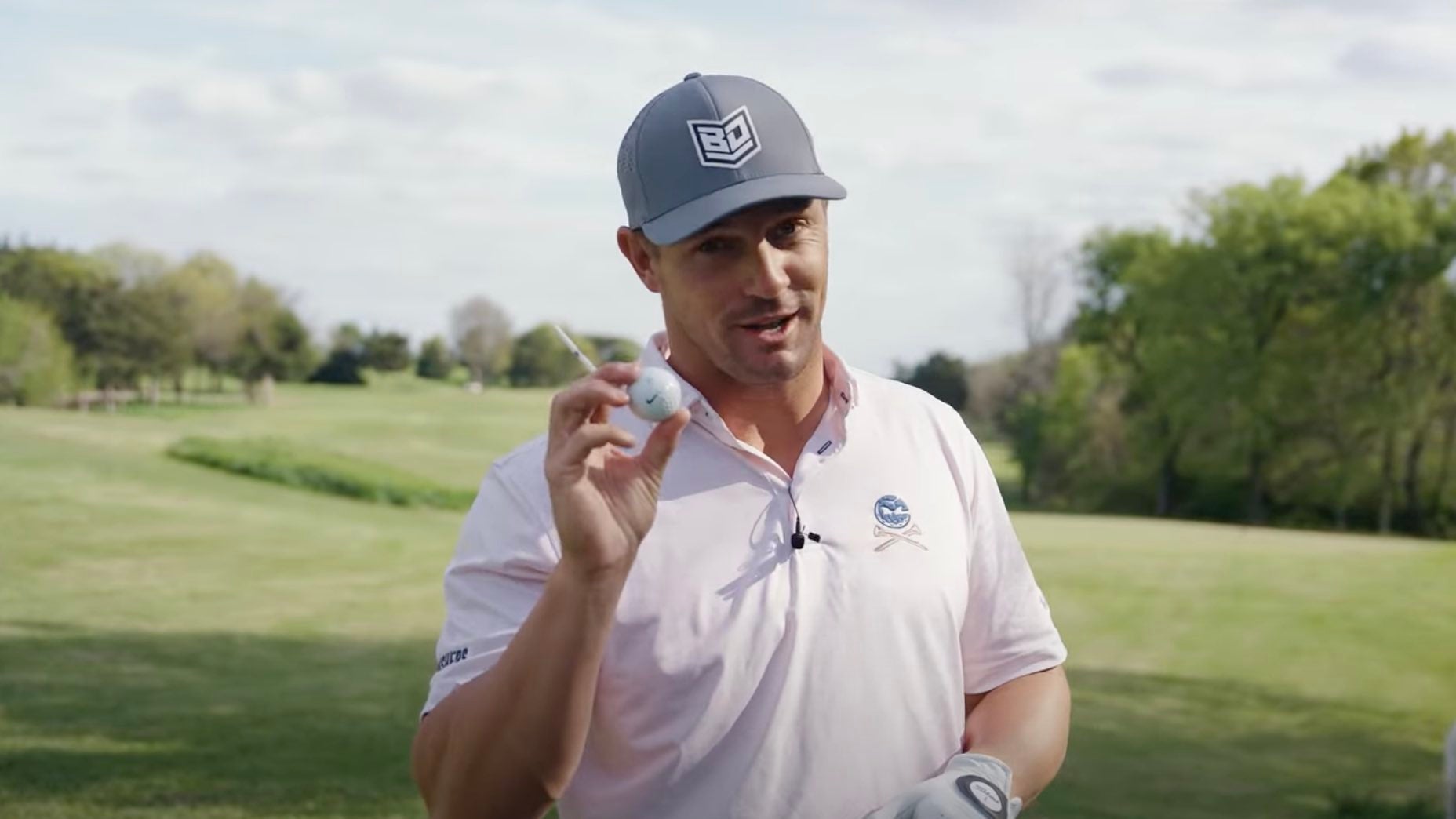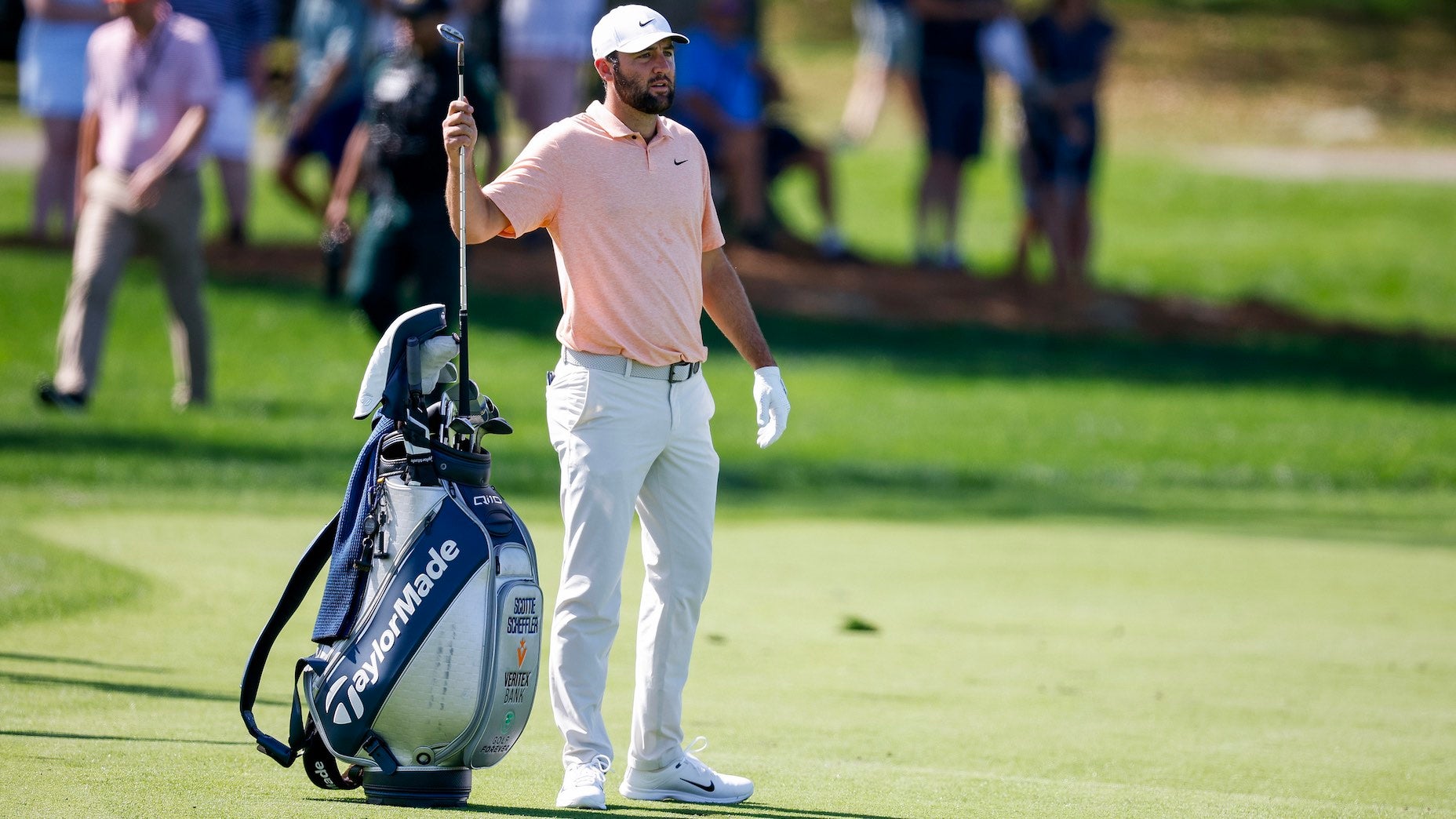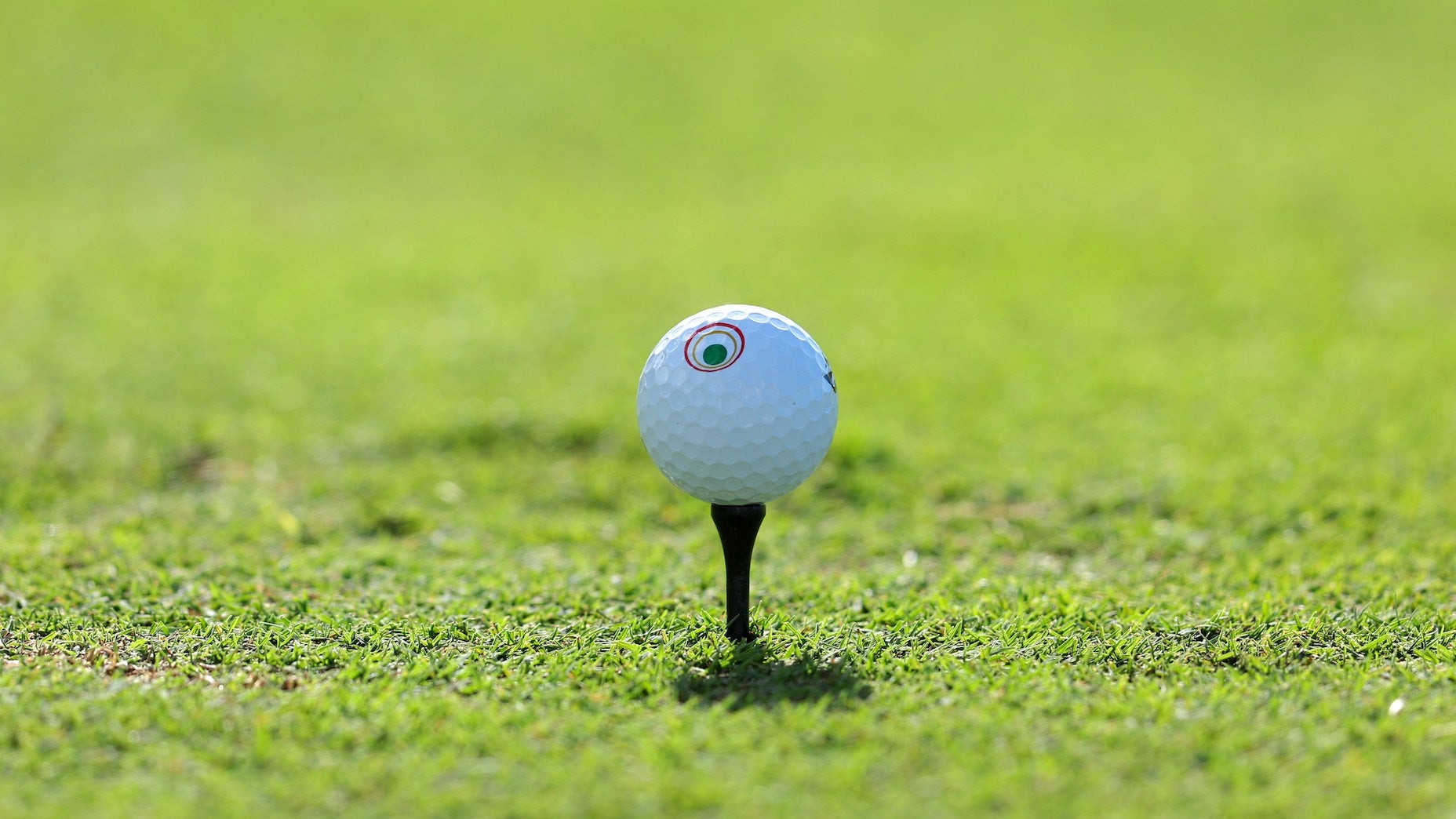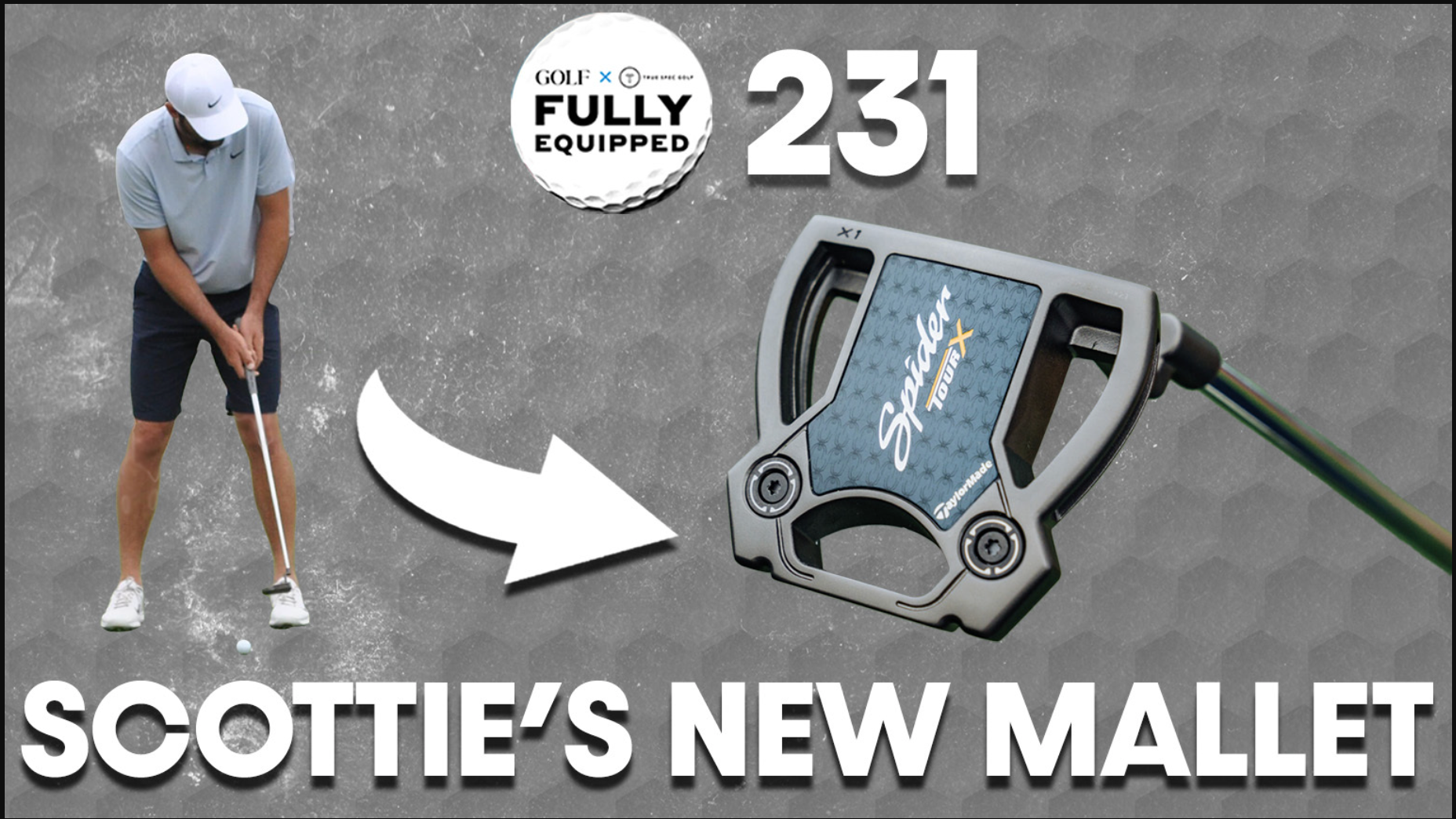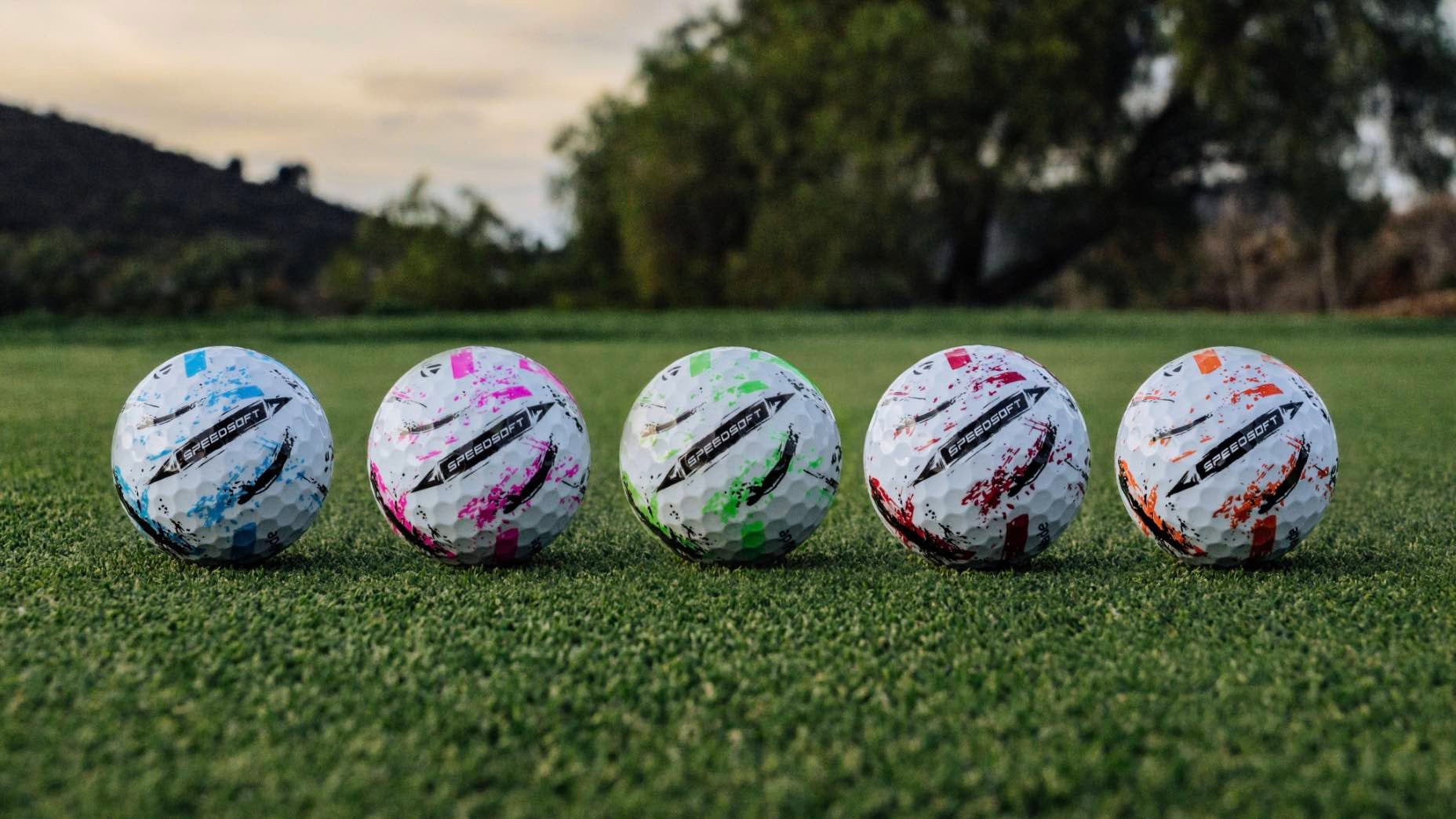I’ll be the first to admit I’ve spent my fair share of time traipsing through the woods for forgotten golf balls. I blame this acquired habit on my grandpa, who spends an inordinate amount of time gathering old and relatively new pellets in the trees when his ball happens to go offline. Walking out with five or six potential reloads can ease the pain of a lost ball — provided the spheres actually fit your game.
As we found out during recent robotic ball testing with Golf Laboratories — where we tested 40 different balls with a swing robot using the same club, swing speed and attack angle — not all golf balls are created equal. And that becomes even more apparent when it comes to a critical shot around the green.
Testing revealed the spin rate delta between the highest spinning and lowest spinning with the driver was a mere 600 RPMs. For the average Tour pro, 600 RPMs might seem like a lot, but when you take into account the inconsistencies of weekend golfers, it’s a manageable number.
In other words, if you’re playing a random golf ball and never took the time to go through a proper ball fitting, the numbers you’re seeing with the driver probably aren’t that far off from where you’d be if you were playing the best ball for your game. And as Fully Equipped co-host Ryan Barath mentioned on this week’s podcast, spin can be dialed in with the turn of a wrench on the driver.
“You can change the loft on your driver and adjust that 600 very, very quickly,” he said. “You can’t do that with a wedge.”
This brings us to the most eye-opening revelation from robotic ball testing. While the driver produced a relatively tight spin delta across all 40 models tested, the 50-yard “half wedge” shot revealed a 3,300 RPM spin delta between the highest and lowest spinning models.
Depending on the ball you’re currently playing, that’s the difference between cozying the ball next to the hole and watching it skid over the green and into the rough — with the same swing. It’s a stunning number that highlights the importance of prioritizing greenside control when selecting a golf ball.
STOCK UP ON TOP GOLF BALLS
“If you’re at 2,800 RPMs with the driver and all you do is need to change the golf ball to get to 2,500, that could potentially get you 5 to 6 yards of distance without doing anything else,” said Fully Equipped co-host and Golf Laboratories co-founder Gene Parente. “And if that ball is within the category of a ball that spins off the half wedge, you just got a twofer there. You lowered spin with the driver and picked up greenside spin.”
Instead of simply finding a golf ball that maximizes driver distance, start around the green and work your way back to find the best option for your game. And if you’re still playing with a golf ball pu pu platter, it’s time to stop and go through a proper fitting.
Ballnamic is a good place to start if you don’t have the time to go through a ball fitting or want to simply want to narrow down the list of potential options to three or four models. From there, find a short game area and put the balls to the test before taking them out on the course. As most golfers can attest, the short game can make or break a round. The robotic testing data only reinforces the belief.
Want to overhaul your bag for 2023? Find a fitting location near you at True Spec Golf.

